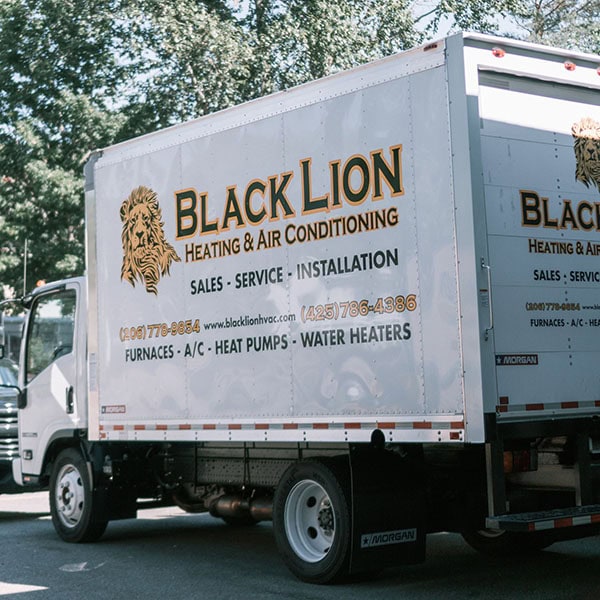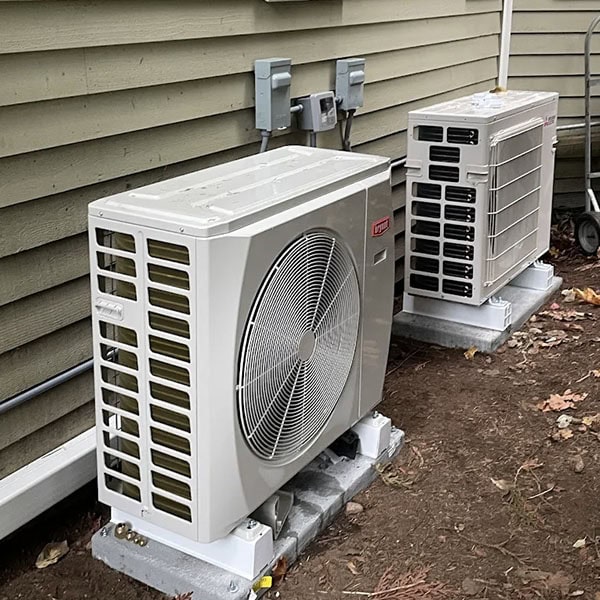Ceiling fans are the perfect choice for improving airflow and ventilation in your Seattle, WA, home. They can blend into your décor or add overhead pizzazz. They support your heating and cooling system and save on energy costs.
Continue ReadingYour air conditioner (AC) can do several things––keep your Washington home’s indoor air cooler than outdoor temperatures, help to keep indoor airborne allergens at bay, and help keep your home’s humidity low. But one thing it can’t do is kill mold.
Continue ReadingThe electrical wiring in your Washington home is mostly out of sight and likely out of mind, even though you use it every day.
Continue ReadingSpring is finally arriving in Washington! The days are getting longer, the flowers are blooming, and you’re probably already thinking about dusting off the patio furniture or tackling that messy garage.
Continue ReadingThe same goes for a heat pump. The outdoor unit might be in perfect working condition. Still, the heating and cooling process stops without an indoor evaporator coil, connecting refrigerant lines, and a fan to blow conditioned air through ductwork.
Continue ReadingEveryone loves to save money, and it’s a good idea to review different aspects of your budget now and again to see if there are more opportunities you have missed in the past. Considering how to reduce your energy bills is always a great idea in the springtime.
Continue ReadingThe Air Conditioning, Heating, and Refrigeration Institute (AHRI) has a universal ranking system for heating and cooling units that serves to help.
Continue ReadingThe average furnace lasts between 10 and 15 years. But did you know you can take steps to make it last longer?
Continue ReadingIf your hot water fluctuates between scalding and icy cold, it could be due to a malfunctioning thermostat or heating element.
Continue Reading







